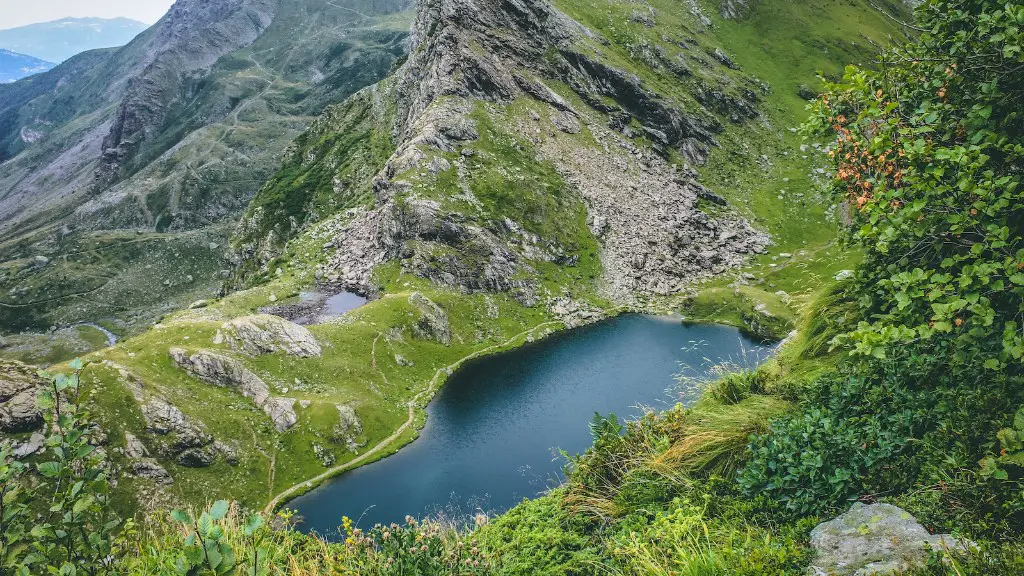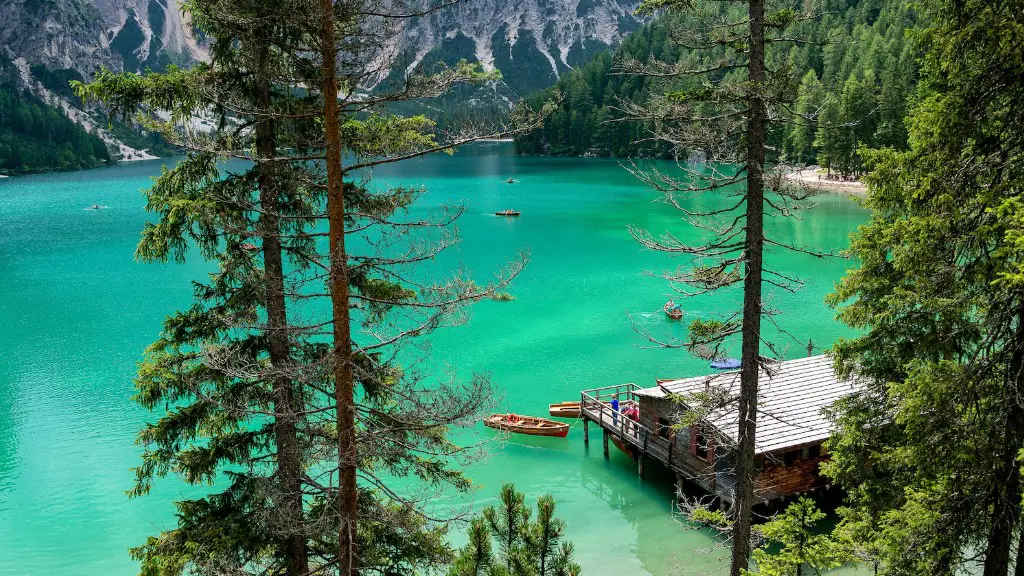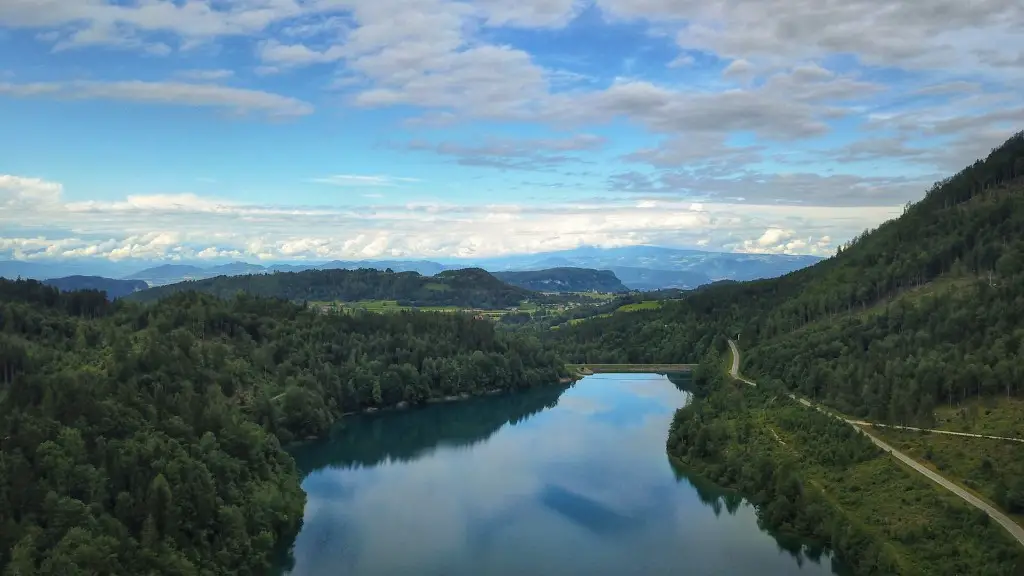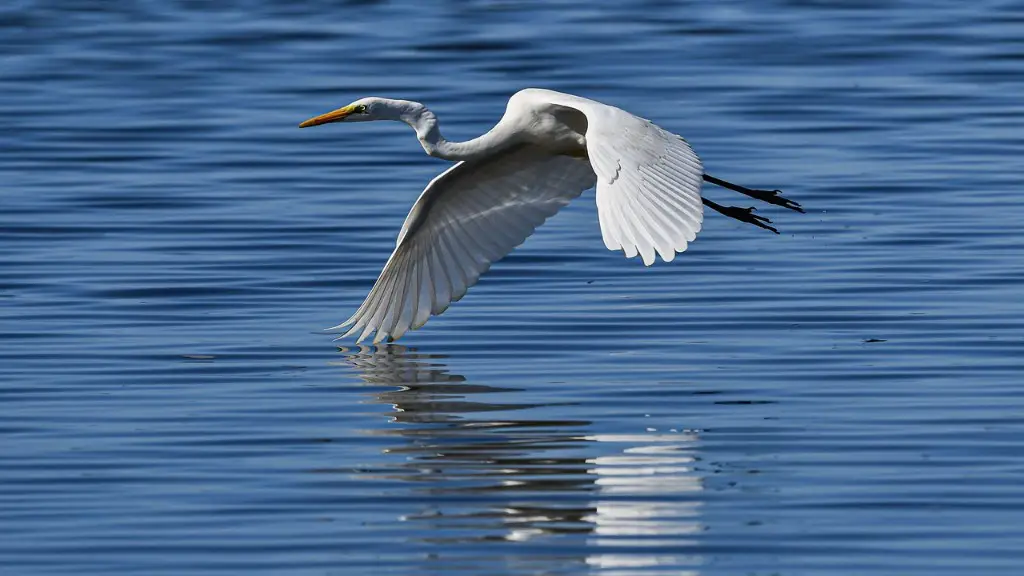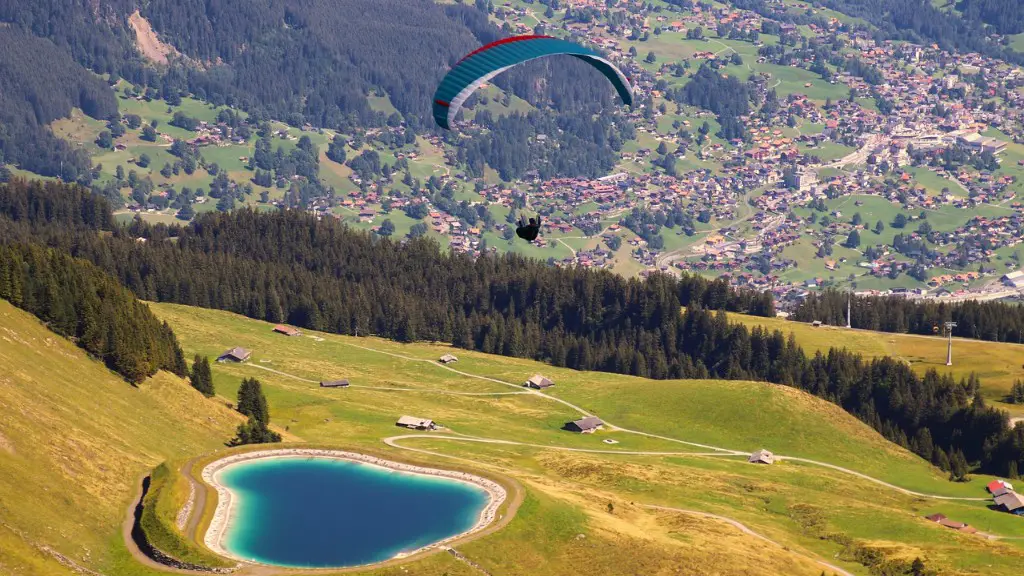From fishing to sailing, to beach-going and swimming, Lake Superior is a hotspot for all kinds of outdoor activities. But what exactly is the temperature of the lake?
Lake Superior is the largest of the Great Lakes, at 962 feet (293 meters) deep and 31,820 square miles (82,413 sq km) in surface area. It contains enough water to cover the entire surface of North and South America of a foot and a half. It’s immense size and stature render it a unique temperature experience, which affects a variety of its inhabitants and environment, like surface temperature and water currents.
The average annual temperature of Lake Superior ranges up to around 40 degrees Fahrenheit (4 degrees Celsius). The seasonal fluctuations of surface temperature on the lake create a great variance and can range from 37 to 48 degrees Fahrenheit (3 to 8.4 degrees Celsius). In 2013, the highest surface temperature recorded for the lake was 78.8 degrees Fahrenheit (26 degrees Celsius).
The higher temperature of Lake Superior occurs mainly in the months of July and August, with October being the coldest. During the summer months, the surface temperature can get as high as 68 degrees Fahrenheit (20 degrees Celsius).
The temperature of Lake Superior is influenced by its west-to-east orientation. Warm air over the western part of the lake can travel across the lake, warming the air over the eastern part of the lake. In this way, the lake helps to recycle warm air and prolong summer-like temperatures across its surface.
The lake is also affected by its deepness and distance from shore. As mentioned, the lake’s immense size gives it the power to store and release heat. The lake’s relatively deep depths (about 962 feet) absorb the summer’s heat, which delay its release until late fall. This helps to slow the advancement of cooler temperatures and keeps the lake’s temperature moderate for its users. Meanwhile, its distance from shore ensures an efficient circulation of seasonal air patterns and keeps the lake from experiencing dramatic temperature fluctuations.
The temperature of Lake Superior can also be effected by the amount of winter ice on the lake’s surface. If the lake’s surface doesn’t freeze, it can affect the lake’s temperature profile and its weather-related characteristics.
Role of Water Currents
The constant movement of fresh water and its currents can affect Lake Superior’s temperature. The water’s current helps to mix the water and facilitate nutrient cycling and an efficient temperature change. This can affect the surface temperature of the lake, creating a seasonal pattern that is quite regular.
The currents of Lake Superior also affect the water temperature throughout its depths. As mentioned, the surface temperature of Lake Superior can reach up to 78.8 degrees Fahrenheit (26 degrees Celsius). However, below the surface, the temperature drops to an average of 39 degrees Fahrenheit (3.89 degrees Celsius) and can get as low as 36 degrees Fahrenheit (1.67 degrees Celsius).
The currents of Lake Superior can also influence weather patterns in the surrounding areas. This can result in different temperatures in different parts of the lake and can cause wind variations across the region. Moreover, the currents and convection processes of the lake can redistribute warmer waters, cooling the surface temperature of the lake.
Impact of Temperature on Marine Wildlife
The temperature of Lake Superior can affect the marine life that inhabit it. Animals like fish, otters, muskrats, and other aquatic creatures are all affected by the temperature of the lake. The temperature of the lake affects the amount of oxygen in the water, which can have a direct effect on the biodiversity of aquatic species.
The temperature of Lake Superior also affects its algal populations. Algae love sunny days, as it allows increased photosynthesis and accelerated growth. As the lake warms up during the summer months, the algae populations can become harmful to different wildlife that call the lake home.
The lake has a variety of benthic species, like mollusks, crustaceans, and sponges. These species are all temperate species, meaning that their ideal temperature is around 72 and 77 degrees Fahrenheit (22 to 25 degrees Celsius). The range and depth of Lake Superior allow for a large variety of temperate benthic species.
The temperature of Lake Superior also affects the vegetation that grows along the edge of the lake. Plants and shrubs use the temperature to propagate and grow. In addition, the temperature of the lake affects the shoreline of the lake and can create bays, beaches and sand dunes.
Impact of Sauger on Ecology and Economy
Sauger is an important game fish in Lake Superior, and its life cycle is determined both by the water temperature of the lake and the availability of food sources. The temperature of Lake Superior affects the sauger’s spawning, growth and development, and the abundance and availability of their food sources.
As a game fish, the sauger is an important part of the lake’s sport-fishing industry. Fishermen from around the world come to fish on the lake, and they rely on the inhabitants of Lake Superior, like the sauger, to help them catch their catch. The temperature of the lake affects the sauger’s size and abundance, which affects the number of people who come to fish on Lake Superior.
The sauger is an important part of the lake’s ecology, as it helps to keep the population of the lake’s native plant and animal species in check. Without the sauger, the lake’s natural order would be disrupted and the lake’s water quality and clarity would suffer. The sauger is an important part of the lake’s natural balance and its temperature affects that balance.
Impact of Climate Change
Climate change is having a major effect on the temperature of Lake Superior. The lake has seen increasing temperatures over the past few years, and this has brought about different effects on its inhabitants and the environment.
The rising temperatures of Lake Superior can lead to a decrease in oxygen levels in the water. This decrease in oxygen can kill off certain fish species, decrease plant and animal productivity, and contribute to algal blooms. In addition, the higher temperature of the water can cause it to become less hospitable to certain aquatic creatures and undermine their ability to reproduce.
The increasing temperatures of Lake Superior can also cause increased evaporation of the lake’s water, leading to lower water levels. This in turn can lead to a decrease in the lake’s fishing and recreational activities, as well as further detriments to the region’s ecology.
Climate change has also effected the seasonality of the lake. The higher temperatures can cause the long, cold winters of Lake Superior to shorten and create an earlier start to the summer season. This in turn can have dramatic effects on the lake’s physical and biological processes.
Impact of Beach Management
The temperature of Lake Superior can also affect beach management along the lake. As mentioned, the lake’s large surface area and deepness make it a popular destination for summer beach-goers. However, the lake’s temperature can affect the safety and cleanliness of the beach.
As the lake’s temperature rises, beach-goers can experience more bacterial activity in the water, which can make it unsafe for swimming. Furthermore, the higher temperatures can cause an increase in the lake’s algal populations, leading to beach closures in the name of public safety.
Beach managers must pay close attention to the temperature of the lake, as it can have a direct effect on public safety. By monitoring the temperature of the lake, beach managers can ensure that the lake remains safe and clean for the public, and take measures to prevent algal blooms and potential environmental damage.
Conclusion
The temperature of Lake Superior greatly affects the ecology and environment of the lake and the region. Its immense size, long-distance from the shore, and water currents all ensure that the lake is kept at a comfortable temperature, creating a safe and hospitable environment for its dwellers. However, climate change and beach management are important considerations to pay attention to when it comes to the temperature of the lake.
